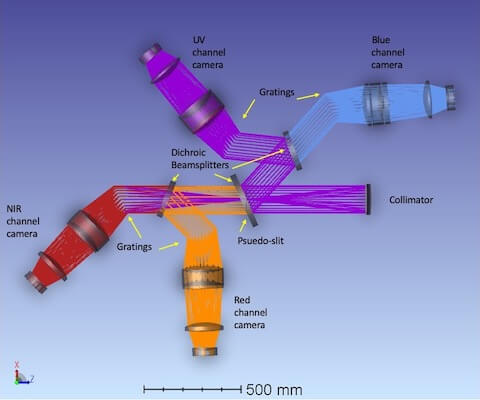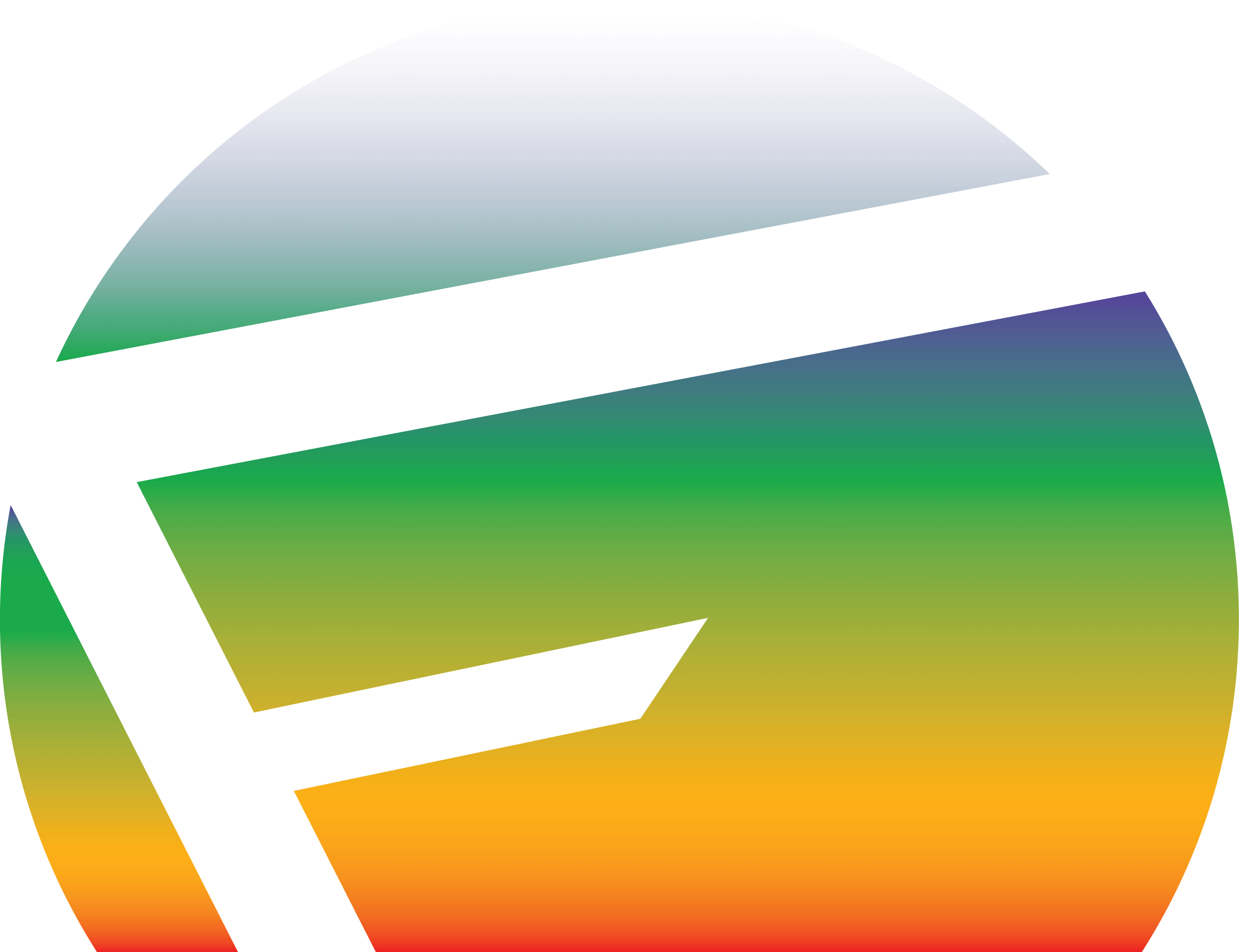FOBOS Instrument
FOBOS Instrument Overview
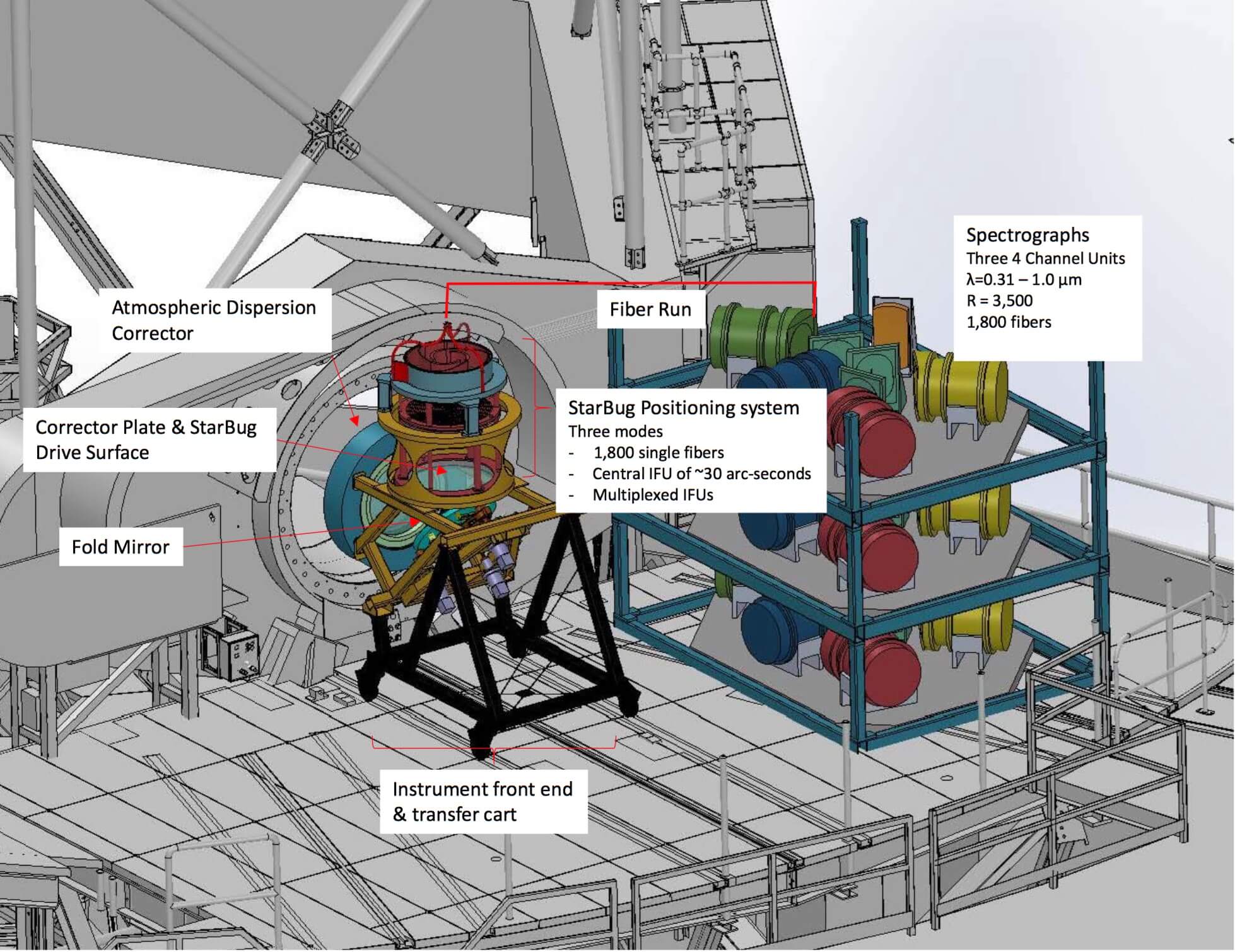
The FOBOS focal plane module consists of the atmospheric dispersion corrector, Starbug positioning system, transport cart, and cable support system. Atmospheric dispersion correction is accomplished with a compensating lateral ADC or CLADC. This design allows us to use the surfaces of the ADC optics to correct some of the telescope aberrations and produces the telecentric input needed for the fiber system.
FOBOS Instrument Specifications
| Spectral Range, μm | 0.31-1.00 | ||
| Instantaneous Δλ, μm | 0.69 | ||
| Spectral Resolution, R=λ/Δλ | 3500 | ||
| Spatial Sampling |
|
||
| IFU Field-of-View |
|
||
| Multiplex |
|
||
| Patrol Field | 17' Diameter | ||
| Avg. Target Density, arcmin-2 |
|
||
| RAB limit: S/N~1 in 1 hour | 24.1 |
Starbugs
The last element of the CLADC acts at the focal surface and the drive surface for the StarBug fiber positioning system. The StarBug actuators developed by AAO are semiautonomous robots that can move the fibers into almost any configuration. They accomplish this using a pair of piezo ceramic tubes which allow the actuators to walk across the focal plane. At the center of each StarBug actuator are the science fibers for collecting target light.
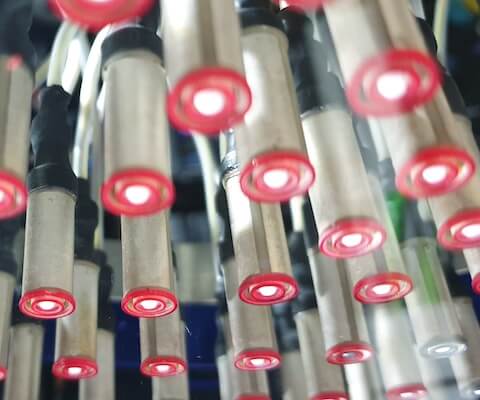
Starbugs Focal Plane, Taipan Project: Photo courtesy Rebecca Brown
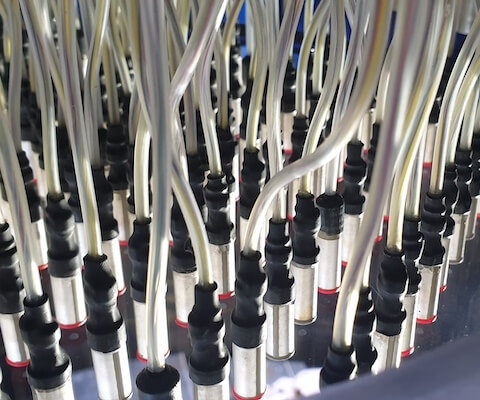
Taipan Focal Plane Fiber subsystem: Photo courtesy Rebecca Brown
FOBOS Focal Plane Configurations
There are very few limits to the configuration of the focal plane or the fiber compliment within a Starbug. For FOBOS first light deployment we expect three modes to be available.
- Single fiber multi-object spectroscopy (S-MOS): Allows for approximately 1800 individual objects to be targeted using single fibers each with an on-sky aperture of 0.8 arcseconds.
- Integral-field multi-object spectroscopy (IFU-MOS): Allows for approximately 25 targets to be observed with spatially resolved, integral-field spectroscopy. Each fiber bundle contains 61 fibers for a total on-sky diameter of 3 arcseconds. Each fiber is fed by a microlens cell with an on-sky aperture of a third of an arcsecond.
- Target-of-Opportunity integral-field spectroscopy (ToO-IFU): A fixed IFU will be available at the field center at all times to allow for rapid follow up of targets of opportunity (ToO). This ToO mode can provide FOBOS spectroscopy of any object in the sky with only the time required to slew the telescope.
The forward module is able to move away from the focal plane to an instrument storage position when not in use. This system allows for other instrument to continue using the instrument port of Keck. The forward module acts as the instrument card and contains the registration features needed for interfacing with the Keck telescope.
FOBOS Spectrograph System
- f/2.25
- 140 mm pupil diameter, ~150 mm pupil relief
- 4 color channels:
- UV: 310 - 420 nm
- Blue: 420 nm – 560 nm
- Red: 560 nm – 750 nm
- NIR: 750 nm – 1000 nm
- DESI-inspired design, tilted focal plane to compensate chromatic focal shift
- 2 aspheres each lens (designated by )
- 11° (spatial) x 14° (spectral) field angle
